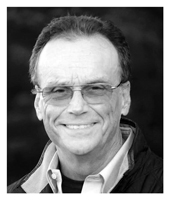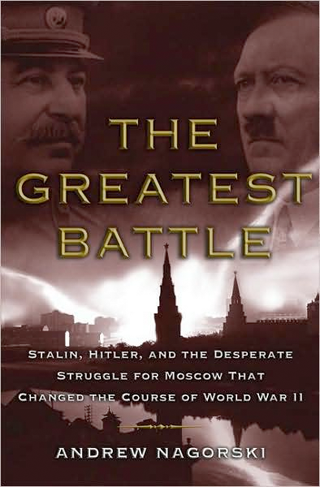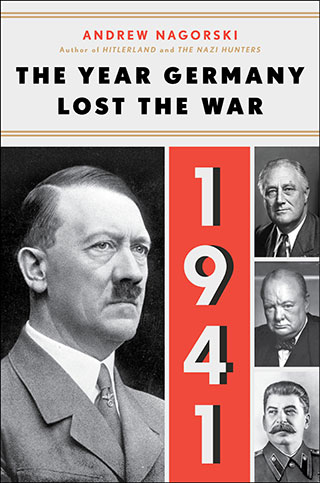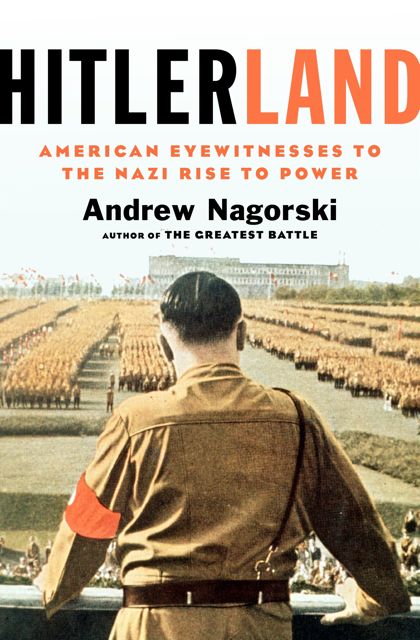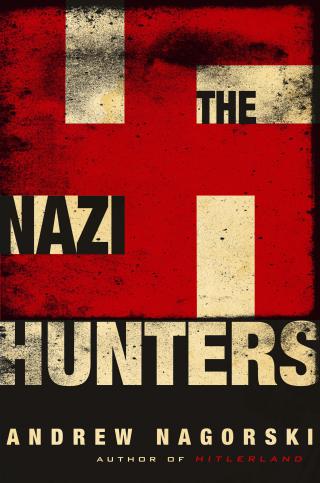Without hindsight: How many saw what was coming?
SOME books about Nazi Germany prompt the question, “What would I have done?” Readers of “Hitlerland” may instead ask, “What would I have thought?” Andrew Nagorski has written an entertaining chronicle of the views of Americans in Germany during the interwar years until Japan attacked Pearl Harbour in 1941. What did they make of the country as it moved from the messiness of Weimar to the madness of Hitlerism?
Germany was a popular place at the time, giving Mr Nagorski a rich cast of characters. “The world was being created here,” wrote Philip Johnson, an American architect, of pre-Nazi Berlin. Hitler's rise brought yet more fascination. Charles Lindbergh, an American aviator, was clueless enough to be used by both the Nazis and the Americans. John F. Kennedy makes a rambunctious appearance as a university student.
This book reintroduces us to Ernst “Putzi” Hanfstaengl, a backslapping German-American graduate of Harvard, who positioned himself between Hitler and the foreign press and who fancied himself the Führer's bridge to America itself. Hitler in turn fancied Hanfstaengl's wife, who grabbed his gun before he could shoot himself after the failed beer hall putsch of 1923. Hanfstaengl eventually fell out of favour, and narrowly escaped being tossed out of a plane (with a parachute) over Republican-held territory in Spain. His infatuation with Hitler remained.
Little wiser was Martha Dodd, the boy-crazy daughter of the American ambassador. She flirted with Nazism (by way of handsome Nazis), but later took a Soviet lover and became a spy.
A veteran journalist, formerly with Newsweek, Mr Nagorski seems most interested in the stories of diplomats and fellow hacks. They come off a bit better than their sightseeing countrymen, even if their early views were wide of the mark. Dorothy Thompson, celebrity journalist and wife of the novelist Sinclair Lewis, published a 1932 book called “I Saw Hitler!”. She found him to be a “Little Man” with an “actor's face…capable of being pushed out or in”, whereas President Hindenburg appeared “cut out of rock.” Hitler's “tragedy” she wrote, “is that he has risen too high.” He seized power a year later.
By 1934 Thompson's tone had changed, and her reports made her the first journalist to be expelled by the Nazis. On her return to America she said: “Germany has gone to war already and the rest of the world does not believe it.”
George Messersmith, a prescient American Consul General in Berlin, “made a habit of not allowing himself to be fooled by the Nazis,” writes Mr Nagorski. “A little man has taken the measure of still smaller men,” observed Edgar Mowrer, who won the Pulitzer prize for theChicago Daily News. By the time Hitler became Führer in 1933, his thuggery was harder to dismiss.
On the whole, Americans in pre-war Berlin had the wit to sense what was coming, and thus helped prepare their countrymen for “the years of bloodshed and struggle ahead”. Yet “Hitlerland” brings back to life some early delusions about Hitler's rise that now seem unthinkable. Any reader trying to puzzle out today's world will be unsettled by the reminder of how easy it is to get things wrong.
